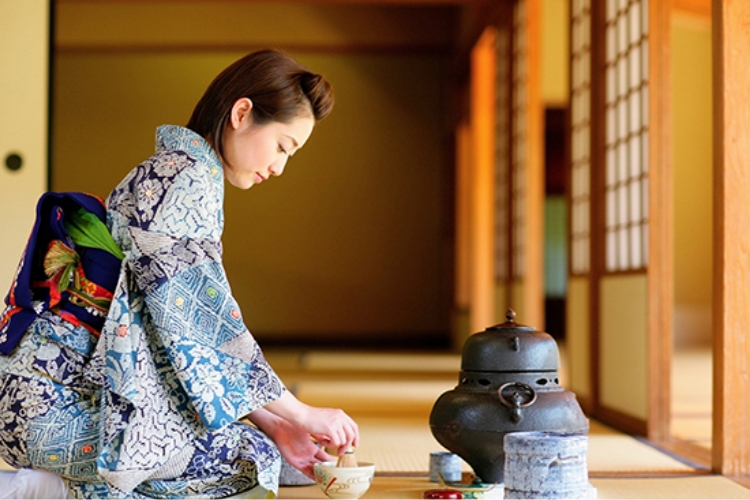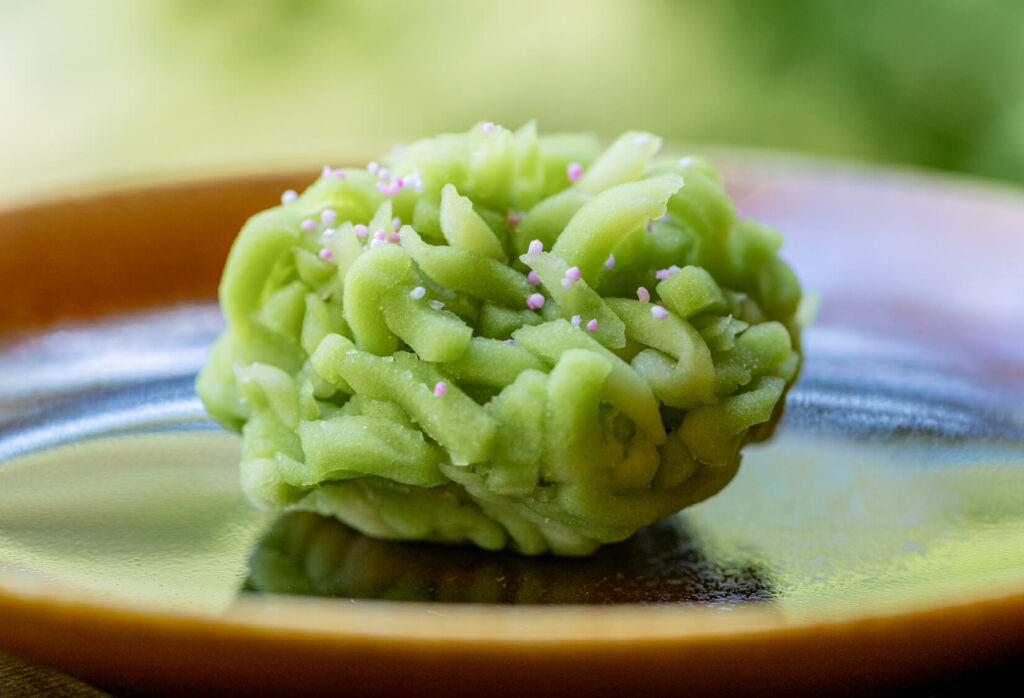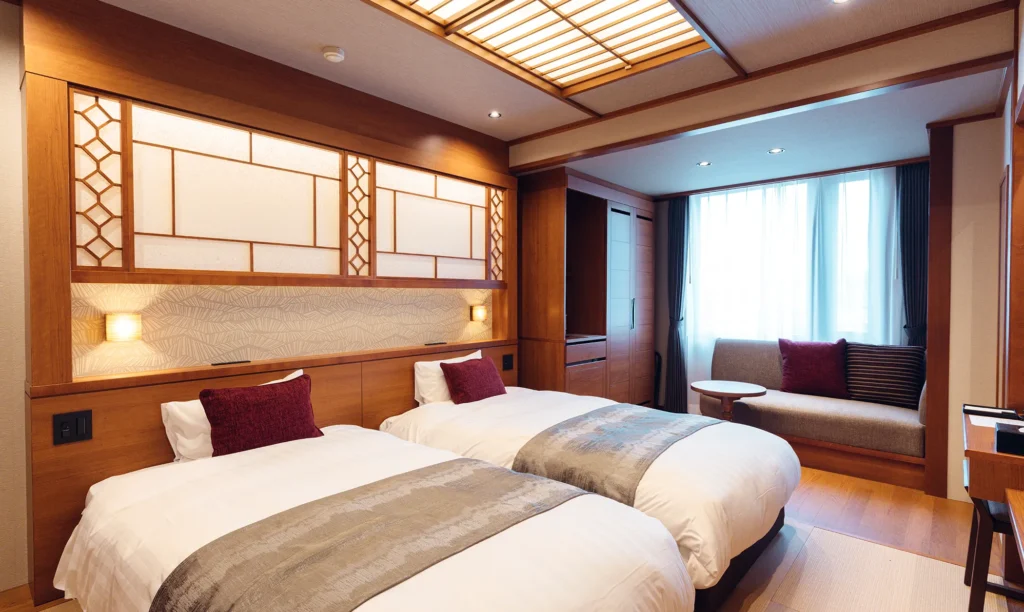Hotel Nagibi
Hotel 凪灯 Hakodate Japan > Hokkaido > Hakodate Illuminating the Memory of the Port – Hotel Nagibi and the Dawn of a New Journey Hakodate, Hokkaido: In the historic Motomachi district, where cobblestone slopes and spires weave together a nostalgic cityscape, lies a quiet inn—Hotel Nagibi. As its name suggests, this peaceful retreat envelops travelers in the soft glow and calm of the sea, symbolizing the start of a journey rather than the end. The air resonates with the echoes of church bells, Western houses, and ship whistles, creating a sense that the seasons overlap gently in this town steeped in history. Housed in a century-old building, the hotel combines traditional Japanese sukiya architecture with Scandinavian tranquility, emphasizing simplicity and silence over opulence. Ten Rooms, Ten Stories Woven from Memory With just 10 uniquely appointed guest rooms, Hotel Nagibi ensures a personalized experience. The “Nazuki Suite” on the top floor spans 90㎡ and features a fireplace and panoramic views of the sea and Mount Hakodate, where fishing lights create a mesmerizing glow at night. Each piece of furniture, crafted from solid wood by local artisans in Southern Hokkaido, complements the handwoven European fabrics, while Vi-Spring mattresses from Britain provide comfort. The bedding, made from Hokkaido wool and linen, is sewn by hand in a local workshop. To further engage the senses, a personal aroma diffuser allows guests to select their preferred scent, enhancing the sensory experience. “Nagi-no-Yu”: A Rooftop Bath Where Sky Meets Water On the top floor, the panoramic bath “Nagi-no-Yu” offers mineral-rich waters sourced from Yunokawa Onsen in Hakodate. With its glass walls, the Tsugaru Strait blends effortlessly with the sky, creating a timeless atmosphere. The space is crafted from natural materials like black pine and Aomori hiba wood, while the traditional boat-hull ceiling gives the room a cozy, cabin-like feel. After bathing, guests can unwind in the “Room of Light,” where they are treated to kelp gelato made with Hakodate milk and Rishiri kombu, paired with locally sourced herbal tea. This delicate balance of sweetness and saltiness lingers, leaving a unique memory. Modern Gastronomy Rooted in the Land’s Memory At “Akari,” the hotel’s dining room, Executive Chef Yu Matsuoka brings modern gastronomy to life, telling the story of his hometown, Hakodate, through each dish. Trained in France and Scandinavia, Matsuoka infuses local flavors into his cuisine. Sample dishes from the “Wind and Light” dinner course include: Appetizer of Rishiri kombu and white sesame tofu Seared scallops with root vegetable velouté Roasted Hokkaido venison with wild grape and red wine jus Compote of kelp and pear with yuzu and white pepper accents The wine list features natural wines from Southern Hokkaido, such as Okushiri, Yoichi, and Toya, while the special “A Journey Through Portside Sake” course offers locally brewed sake. Breakfast includes a custom-made seafood box with herring, salmon, cod roe, and sea urchin, served with warm miso soup made from white miso and kombu dashi—an ideal start to a quiet morning by the sea. A Space Designed for Quiet Luxury Hotel Nagibi values the concept of “not speaking too much.” The inn remains discreet, allowing guests to reflect and unwind without distraction. This quiet luxury extends to its exclusive, reservation-only experiences, each carefully designed to leave a lasting impression: A private cruise around Hakodate Port with aperitifs onboard A nighttime cultural walk through Motomachi with an architect guide Custom aroma treatments using local Hokkaido essential oils A winter-only sunrise snowshoe tour on Mount Hakodate A Gentle Light That Accompanies Your Journey Hotel Nagibi does not boast about being “luxurious,” but every corner of the inn radiates the quiet luxury of silence. It preserves the memories of the port, embraces the passage of time, and gently loosens the knots in a traveler’s heart. Even after departure, the light of the inn lingers, quietly flickering and accompanying the journey far beyond the stay. Check out sightseeing spots around Hotel Nagibi



